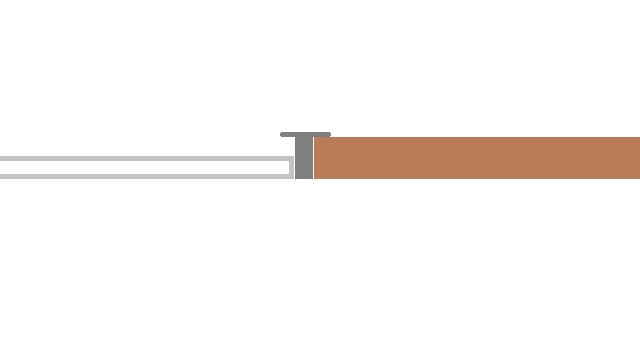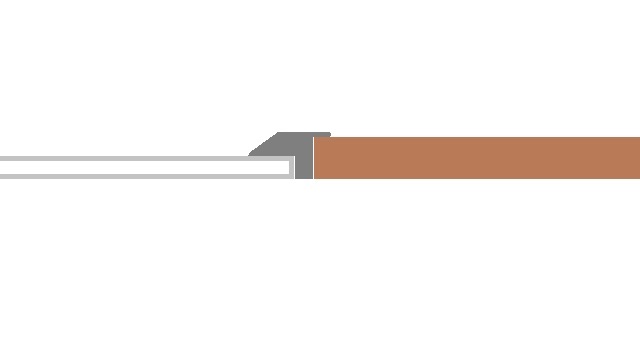I put peel and stick vinyl tile adhesive tiles in my kitchen 20 years ago. Over the years they have started buckling and breaking and they need replaced. So i bought some new vinyl tiles and i am taking up the old tiles with a heat gun. They are coming up easy but they are leaving adhesive stuck to the wood sub flooring. It seems like i should try to get the old adhesive off before trying to stick down the new tiles.
I have been looking up what to use to remove it and i have seen a lot of recommendations like WD40 but i have an entire floor to do and i need the new tiles to stick to the wood and spraying the wood sub floor down with WD40 is a guarantee that they will never stick.
How should i do this? So far i have tired a few recommendations like dish soap and water as well as denatured alcohol and neither worked.
I have been looking up what to use to remove it and i have seen a lot of recommendations like WD40 but i have an entire floor to do and i need the new tiles to stick to the wood and spraying the wood sub floor down with WD40 is a guarantee that they will never stick.
How should i do this? So far i have tired a few recommendations like dish soap and water as well as denatured alcohol and neither worked.





